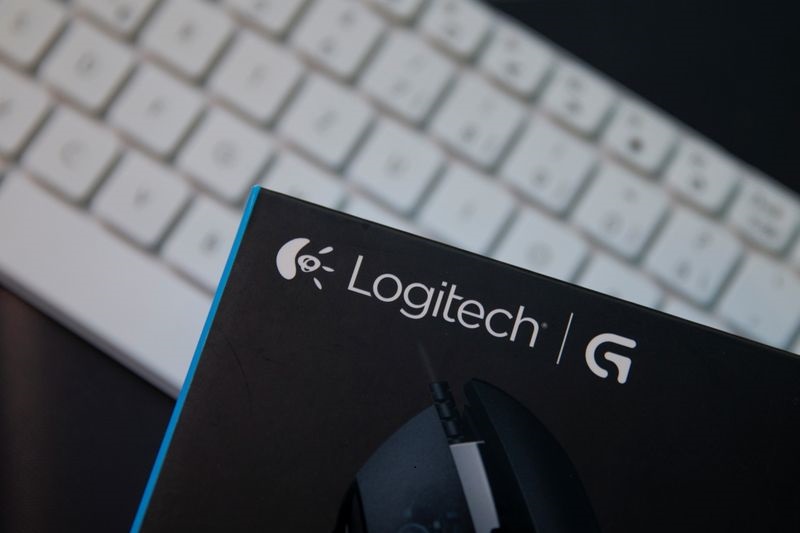Gold prices set for weekly gains on dovish Fed outlook; silver near record high
Investing.com -- Logitech (NASDAQ:LOGI) shares fell despite the company raising its full-year guidance for 2025, following a mixed set of results for its fiscal second quarter.
At 7:04 am (1104 GMT), Logitech was trading 4.2% lower at CHF 73.54.
The Swiss-based technology firm posted a 6% year-on-year increase in sales, reaching $1.116 billion.
While close to expectations, the revenue came in just below the broader consensus of $1.124 billion, reflecting ongoing challenges in key regions.
Logitech’s non-GAAP operating profit (EBIT) rose 5% to $193 million. A strong gross margin of 44%, up by 200 basis points from the previous year and above predictions, was tempered by rising costs.
Sales and marketing expenses increased by 15%, which dampened overall profitability.
UBS analysts flagged that while gross margins were strong, promotional spending increased, particularly in Europe, where tablet and console gaming products surged by over 50% year-on-year.
Tablets contributed to about 30% of the sales growth, though they are not seen as a long-term growth driver for the company.
“In our view, the standout of the quarter was non-GAAP gross margin performance of 44.1%, LOGI's strongest quarter gross margin since the peak of the COVID-driven demand rush, and well-ahead of company guidance,” said analysts at Morgan Stanley (NYSE:MS) in a note.
Logitech's gaming and video conferencing segments, viewed as more significant to its future, posted moderate growth of 8% and 5%, respectively.
Despite this, some caution arose from the performance in North America and APAC, where sales were relatively flat compared to stronger gains in Europe.
The company raised its full-year sales forecast to a growth range of 2%-4%, up from the previous 1-3%, now expected to reach between $4.39 billion and $4.47 billion.
Logitech also raised its non-GAAP EBIT guidance to $720 million to $750 million, an improvement from the earlier $700 million to $730 million range.
However, the revised guidance for the second half of the year indicates slowing growth, with operating profit expected to decline by around 8% year-on-year.
This cautious outlook overshadowed the company's improved forecast, as the tighter conditions in the second half of the year pose challenges for maintaining momentum.
Although strong results in Europe and lower inventory costs were positive signs, concerns around rising promotional spending and the modest impact of tablet sales added uncertainty to the broader performance.
“Due to the sound sell in and strong gross margin in H1 25, we see low to mid single digit upside risk to consensus estimates,” said analysts at UBS in a note.
